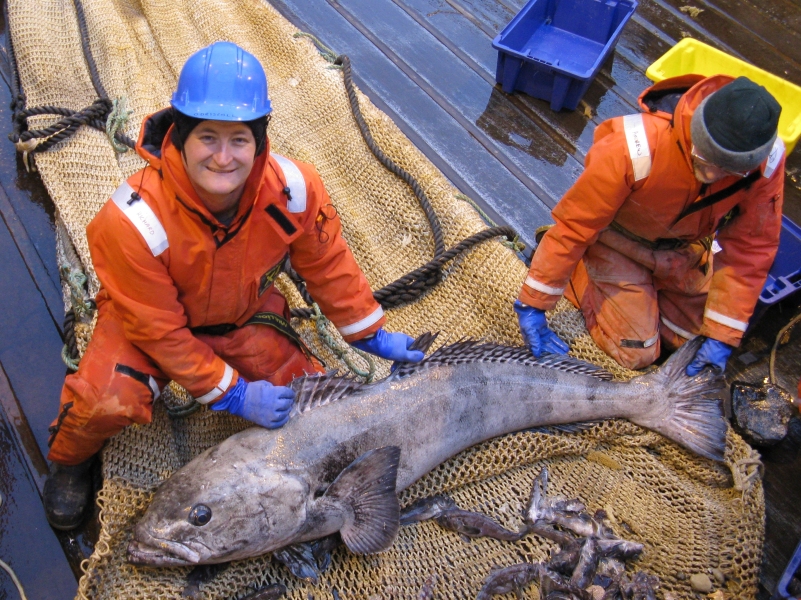Commercial toothfish fishing in the Ross Sea has the potential to affect some demersal (bottom-dwelling) fish species in the region through by-catch and ecosystem changes.
This study will focus on two such species: grenadiers and icefish. These are major prey species for the toothfish and the scientists will study their abundance and distribution to help determine the potential ecosystem effects of the fishery.
Data collected will help validate model outputs and will potentially form the start of a time-series of measurements. New data is also required to inform management decisions by the Commission for the Conservation of Antarctic Marine Living Resources (CCAMLR).
Demersal trawl surveying
Demersal trawl surveying involves carefully towing a net along a defined area of the seabed for a defined duration, raising the net onto the deck of the research vessel, and manually identifying and counting the species caught.
Scientists can then extrapolate stock populations across a much larger area because they know the precise size of the sample area.
Acoustic surveying methods also have the potential to monitor grenadier abundance, so acoustic data will be collected concurrently with the demersal trawl survey.
Related information
Read more about NIWA's surveying and other fisheries services
Read more about NIWA's fisheries research

